- Breathing Light
- Posts
- Breathing Light Issue #75
Breathing Light Issue #75
of rock flowing upstream and a warm basket of words

In this Issue
1. Taku Mahi Toi o Te wiki-My Artwork of the Week
2. Korero Timatanga-Frontispiece
3. Photographer's Corner-Letter to Jacob: Dealing with Inspiration block
4. Waiata mou te Ata-Poem for the day
5. Ten Fevered Mind Links (to make your Sunday morning coffee go cold)
6. Koorero Whakamutunga-Endpapers
My Artwork of the Week
Taku Mahi Toi o Te Wiki

Earle Mountains, Fiordland, 2020 | Fujifilm X-H1, XF 100-400/4.5-5.6,
I decided that it was not wisdom that enabled poets to write their poetry, but a kind of instinct or inspiration, such as you find in seers and prophets who deliver all their sublime messages without knowing in the least what they mean.
Not long after the lockdown in 2020, I shouted myself on a journey into Piopiotahi/Milford Sound. I had not travelled the soaring wave of the road since March, and with very few tourists around, I was keen to explore it more or less on my own. I wanted to feel the energy of the mountains, the Great River of air which flows down the length of the Eglinton River, constantly refreshing and renewing each day.
I decided to leave before sunrise to experience the first light in the valley. Given that it was June, I knew it would be cold, so I packed my beanie, gloves, Thermos and best down jacket. I wanted to be present when the first light came over the mountains to the east and began to flush the face of the Earle Mountains with the first sunshine.
I set up my tripod and waited, stamping around with my numb fingers tucked under my armpits, grumbling to myself as I waited. I had the whole valley to myself and only the sound of occasional birds to keep me company. Any tourists coming along be there for at least another 90 minutes, and by the time they arrived, the best of the light would have passed.
Time passed. Then, the merest flush of morning light skimmed the mountaintops. At the same time, the fog clung to the valley floor, gently eased South by the almost perceptible air currents. I buried myself in the moment, gathering material as I went.
The light gradually sank down the flanks of the mountains, drawing the sky onto the land's surface. I realised then that mountains have their own energy and energy structures and that they are constantly on the move, just on a different time cycle. In their way, the mountains are liquid time passing, appearing to be solid yet not so.
All matter is energy in transition, and the movement of the light on the mountainsides was an opportunity to participate in the grand swirl and dance of the day.
Frontispiece
Koorero Timatanga

Flower, Te Ana-Au, 2022 | Fujifilm GFX 100, GF 45-100/4
Beauty is truth's smile when she beholds her own face in a perfect mirror.
Atamaarie e te whaanau:
Good morning, everybody,
In issue 73, I wrote about the limits of our language being the limits of our world. During the night, when I contemplated what I would write about in this issue, those thoughts resurfaced to be considered. Again.
My friend, Catriona, an incredibly gifted watercolour artist, called by yesterday for a catch-up and to see how I was coping with being back in the South.
It's… um… taking some time, I replied. I had got so used to the soft-flowing movement of the air in the North. To arrive back to a snowstorm the following day, to wind with sharp edges and skinny needle rain, wasn't the easiest thing.
Then she put her finger upon it.
You know, she said, living here isn't easy. The energy in Fiordland is so raw and harsh that it takes a little getting used to. And it's only when you spend some time away and then return that you realise just how the energy of a place affects the lives of the people living here. I remember another wise local saying something similar. Living here is not for the fainthearted. If you look around, you will see that this is a town of settlers, pioneers who moved here to escape the Old Country. The locals are pioneering stock, and while they are helpful and supportive, they will leave you to get on with it.
I circled back around, looking at the language and what that told me about how the words we use and string together not only say a lot about us but also influence how we live our lives.
And our lives live us.
Sufis talk about how thought begets word and word begets deed and that it is vitally important we take great care of our thoughts. What we think will eventually manifest as words and then lead to deeds. Therefore, it is important to give great attention to what and how we think. There is a beautiful Sufi expression:
"Trust in Allah and lock up your camels at night" (Rumi).
In many ways, the camels are our thoughts. We need to look after them. We need to treasure them and keep them safe.
Lately, I have become aware that how we use language has a powerful effect on the world around us. Once we let the words out, they develop their own life. Each one is a stone cast into an endless pond. Our children will find their way in the world, interacting with others. Once we have released them into the world, we cannot put the genie back in the bottle. Even the simplest expressions have power, whether we use them for good or otherwise.
Naturally, that has me a little perturbed and very sensitive to the words I write here on Breathing Light. In many ways, a photograph offers a single perspective, but words can provide multiple approaches and perspectives.
Not just the words themselves, but the spaces between words, not just what is said but what is unsaid or alluded to.
Here, there be dragons.
Photographer's Corner
Letters to My Friends
Letter to Jacob:
So, you want to become a (professional) photographer?

Waterfront, Wellington, 2006 | Sony R-1
Landscape photography is the supreme test of the photographer - and often the supreme disappointment.
Letters to My Friends
Letter to Jacob:
Hitting “The Block”
I was wondering what to write about in this section when the answer leapt up in front of me at 4 a.m. yesterday morning.
In response to a picture I had shared on Facebook, one of my followers asked this question:
I have found that all my recent photos are entirely devoid of any inspiration.
Have you ever had such a moment, and what did you do about it?
I'm at the stage where I'm about ready to sell off all my gear and "rage-quit" the hobby.
So, here is another offering in bringing back Letters to my Friends.
I hope you like it.
Dear Jacob:
Thank you so much for asking that question. I can feel your frustration, and right here and now, I want to tell you that you are in a perfect place. Things are taking off for you, even if they won't feel it now.
Let's break the question apart and look at the various components.
Firstly, you say that all your recent photos are "entirely devoid of any inspiration." That's undoubtedly your perception of them, but it may have more to say about your sense of progress. So often, in photography, we continually try to move forward along the road to make better and better work. I want to take you back to those first photographs you made when you took out your gear, to the excitement and sense of achievement of simply getting a result. I'll bet some of those early photographs now make you cringe. Well, they should. But I'll bet there are some gems amongst them as well. There is so much to learn in the beginning of photography that we are taken up with trying to master it all at once. That's not possible. It's going to take time.
You asked me if I have had such a moment. Well, their number is legion. Plenty of times, I felt as if my picture-making was going nowhere. I have learned that that's a necessary part of the process since it means I'm shedding one skin and growing another. Suddenly, what ignited and excited me no longer does. It feels as if I am going through the recycling bin of my picture-making, looking for something new to say. Now, I no longer get troubled about that. It simply means I'm about to move to working in a new way. Interestingly, I'm going through one of those phases at the moment.
Here is an example: after several years photographing the grand Otago landscape, I was starting to feel jaded, as if I no longer could find anything different to say. I seemed to be repeating myself, making more and more refined pictures within the grand Central Otago landscape paradigm. And yet, there was a sameness developing. I no longer experienced that sense of excitement when I got out my camera. Occasionally, I would make an image that resonated, but by and large, I had no sense of moving forward in any way. Then, circumstances led me to move to the Far North and an exploration of my whakapapa (ancestry). When I arrived there, fresh from the sharp-edged mountains of the South, my first thought was to look around myself and think: what on earth am I going to photograph here? It was almost a feeling of dismay. And yet, within a couple of months, I was making work unlike any I had made before. When I watched what was happening, I realised my picture-making process reflected the styles and methodologies of my ancestors who had arrived during the Victorian era. My work had suddenly become quite pastel and almost watercolour. The work was evolving to reflect better where I was in my life and my new concerns.
So, when I run into "the Block", I no longer stress since I know a new way of working is beginning to declare itself. It is happening again as a new body of work begins to emerge.
Of course, I am not sure this is useful to you. However, having watched these paradigm shifts in my work, I have some thoughts that may help you.
One of the best ways of seeing our work in a broader context, namely as part of the archaeology of photography, is to read widely. By this, I do not mean going off and trying to emulate something you have seen on Instagram, where, incidentally, there is some quite extraordinary work. However, much of what I see is not connected to a personal belief system but rather to the need for likes. May I suggest you get some books from the library on the history of photography and works by the masters? Study their lives and belief systems and then examine their work through that lens. I am not suggesting you imitate and plagiarise. There may be one idea or technique that is worthy of exploration in terms of your own work. All those silent masters around us can help propel our photography to where it wishes to go. As the great American photographer Robert Adams says:
"Your own photography is never enough. Every photographer who has lasted has depended on other people's pictures too – photographs that may be public or private, serious or funny but that carry with them a reminder of community."
Secondly, you use the word hobby. It seems that, unless you are a lawyer or a cosmetic dentist, you have probably spent a small fortune on your equipment, adding to it as time passes. It is not the same as clockmaking or golf. The fact that you mention a lack of inspiration tells me that you have more skin in the game than you would like to think. I have yet to meet a professional or amateur photographer for whom photography is a hobby. You do a hobby when you feel like it and have time. Every photographer I have met has a greater or lesser degree of passion.
Learning photography is like playing a musical instrument in many ways. The musician must practice his scales to improve. Photography is no different. It is all about seeing. As the great Canadian photographer and teacher, Freeman Patterson, says: the best place to photograph is where you are. Here is a rather diabolical exercise. Take your camera, choose one focal length and mark out a piece of ground 1 m in diameter. Now, place yourself in the middle of that circle. Make 50 images which are distinctly different from each other. You will find the first few relatively easy but may struggle to reach the limit. Do not worry if there are no good (by your definition) photographs; make the effort. What will happen is that if you do it repeatedly, you will begin to see quite carefully. You will become aware of spatial relationships in a way that you did not before. Another way of doing basic training is to choose one of the elements of composition and focus on that. You might select triangles. Spend a morning or afternoon (or even longer) looking for and photographing triangles. You are beginning to see beyond the labels most people assume to be reality.
However, above all, ask yourself the following questions (and do this frequently):
Who am I?
What matters to me?
Do my pictures reflect my sense of myself?
In the end, what separates us from the photographer beside us is the unique being that is us. When we make work following the beat of our own drum rather than marching to one imposed by somebody else, we can be uniquely creative.
Given time, that will be what sets our work apart.
Finally, you might contemplate getting a mentor or, at the very least, getting somebody you trust to look over your work, identify trends and patterns and suggest ways you could move forward. I might add that, after 40 years as a photo educator, one of the things I love is helping photographers find where they are and who they are.
The one is the child of the other.
I hope that has been of some help. Reach out if I can do more for you.
Waiata Mou Te Ata-Poem For the Day

Te Anau 2021 | Fujifilm X-H1, XF 80/2.8
Poetry is an echo, asking a shadow to dance.
I'm not sure that writing poetry has ever been an act of structure and planning for me. When I sense that another one is coming, I allow it to find its way out of the shadows and into the light. Sometimes, it is a word or phrase or something I observed on the wind. At other times, it can be a taste, a memory or a smell. It is a joyous thing to open up to possibility and allow it to unbundle itself organically.
In this case, it was the simple smell of freshly mown lawn and staring into the patterns on the grass.
A basket of Morning Grass song
And after the mower people had been
and gone
and given my lawn a short back and green insides,
leaving lush swirls of bleeding shagpile carpet
for my toes to enjoy,
while pulling up three weeks of hard work by the roots,
and shredding it into an emerald jigsaw of infinite pieces with no master picture (and no corners)
the oily, sweet smell of fresh mowings
circled and swirled in the sinuously perfumed misted morningair
as the queen of the day
made up to a fault with sunpainted nails
and flouncing a cloak of crocheted birdsong
gently, delicately stirred the clinging aroma with one finger
like a newly-made café-au-lait
in a greenswirl porous porcelain cup.

Ten Fevered Mind Links (to make your Sunday morning coffee go cold)
EndPapers
Koorero Whakamutunga

Holiday home, Flat Point, Wairarapa | Canon 1DS Mk II, EF 24-7-/2.8L
Age is something that doesn't matter, unless you are a cheese.
In praise of slow rituals
In the days before GPS and instant geolocation, we used to use paper maps, an art form and and of themselves.
I was looking at the shot of the bach (holiday home) on the east coast of the North Island. I had no idea where Flat Point was when I decided to go there, so I resorted to using an excellent paper map. I remember the morning I set out to go there, spreading the map on the kitchen table alongside my tea and marmalade toast and using a Chinagraph pencil to mark the route and critical turning points. There is something to be said for the auditory and tactile quality of a paper map. Unfolding and re-folding, one has a sense of authority, sensible practicality and a reliable scholarship. Somehow, I trusted the map. It never occurred to me that it would be anything but accurate.
More importantly, reading, interpreting and following a map involves time passing. It is not the instant-on of Google Maps, but a languorous allowing of time to pass. Of course, it meant stopping occasionally, unfolding the map and checking I was on the right path. Then, when I arrived at my destination (which, of course, took time), there was a sense of achievement and companionship of a trusted friend walking beside me.
I wonder if that is a better way to think of our lives and our life journey, to gently and lovingly unfold the paper map of our lives and the path our Guide has laid out for us. It is about trust and allowing things to happen as they will. Perhaps each of us has a space on the wall of the Great Map Room, where the Navigator passes by from time to time, running one divine finger along the map of our lives and nodding wisely.
There is a lot to be said for slow rituals.
I wish you all love, truth, wisdom and peace.
As always, walk gently upon our Mother and be kind to each other.
He mihi arohaa nunui ki a koutou katoa
Much love to you all,
Tony/Te Kupenga.




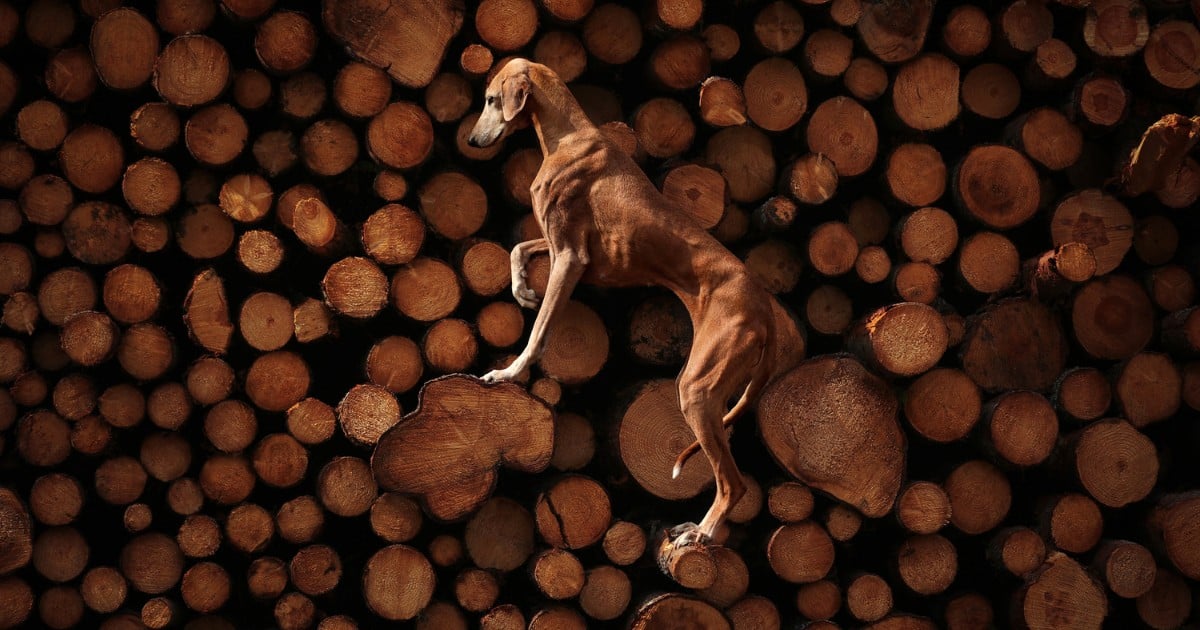
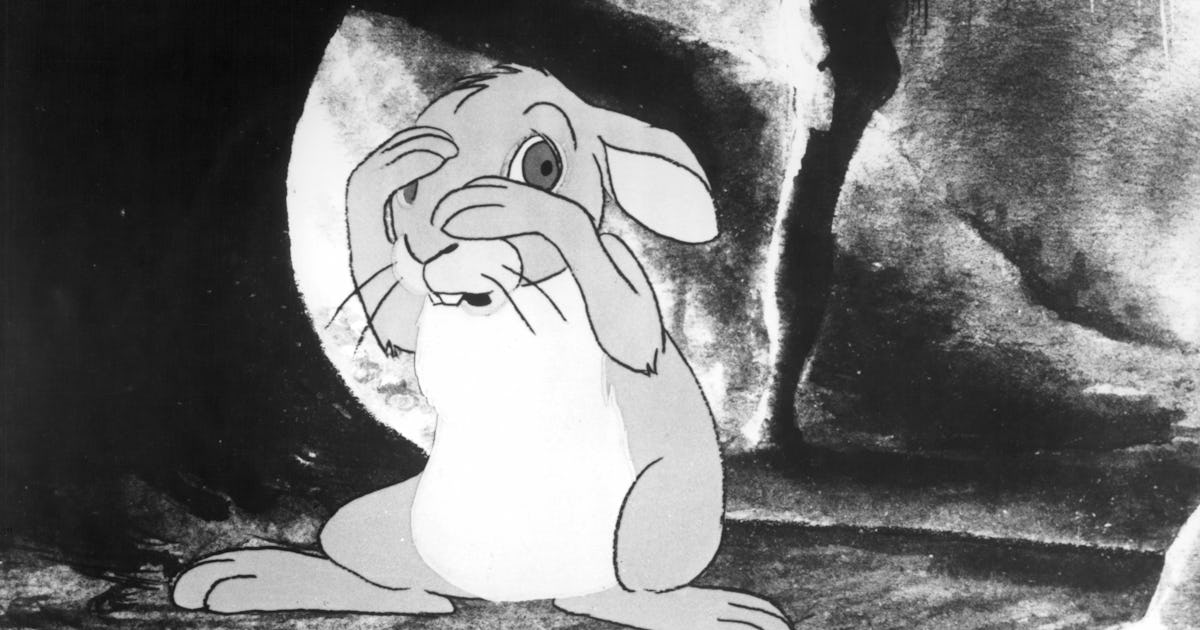

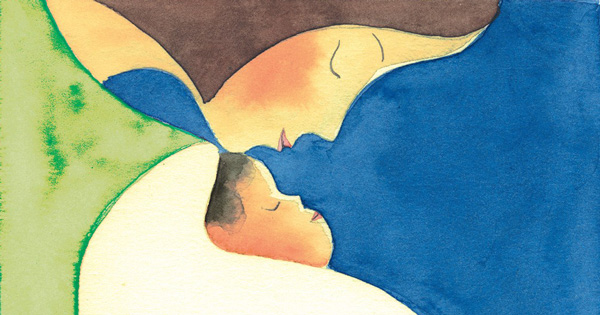



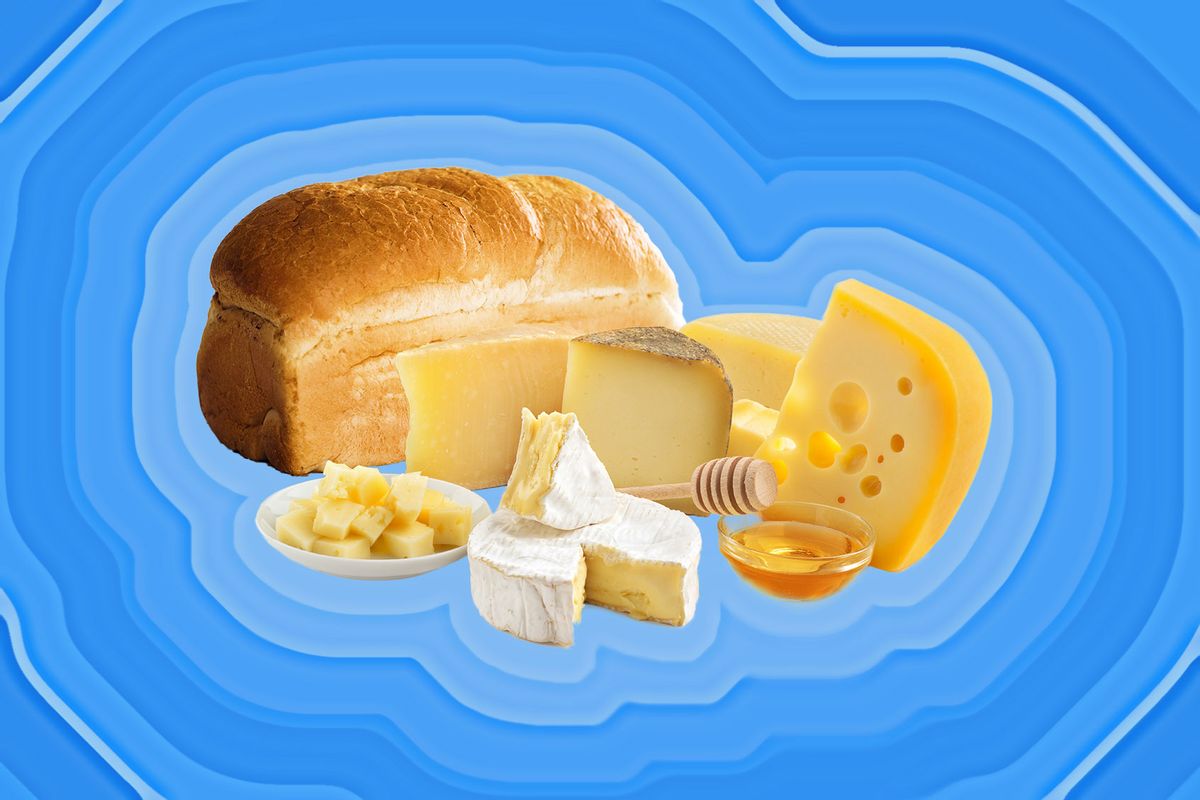
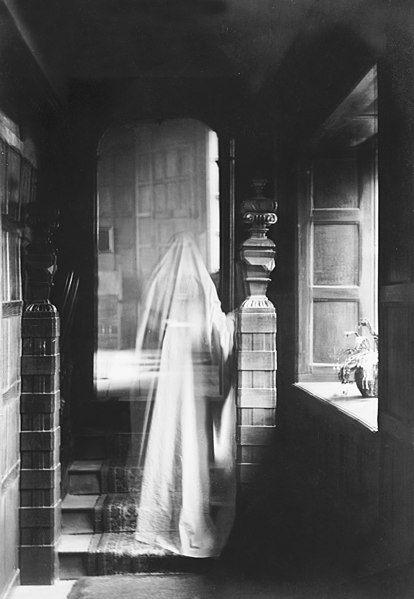

Reply